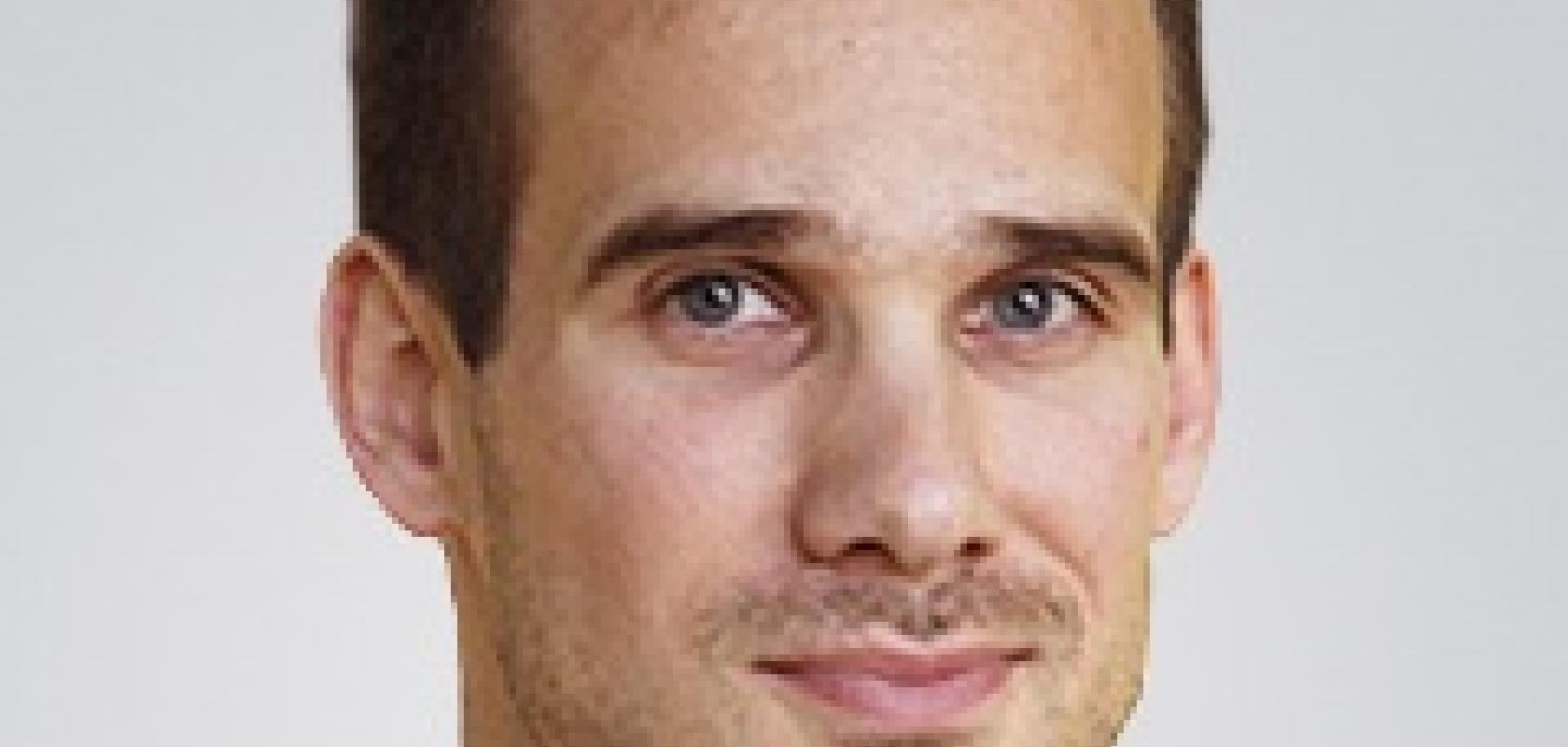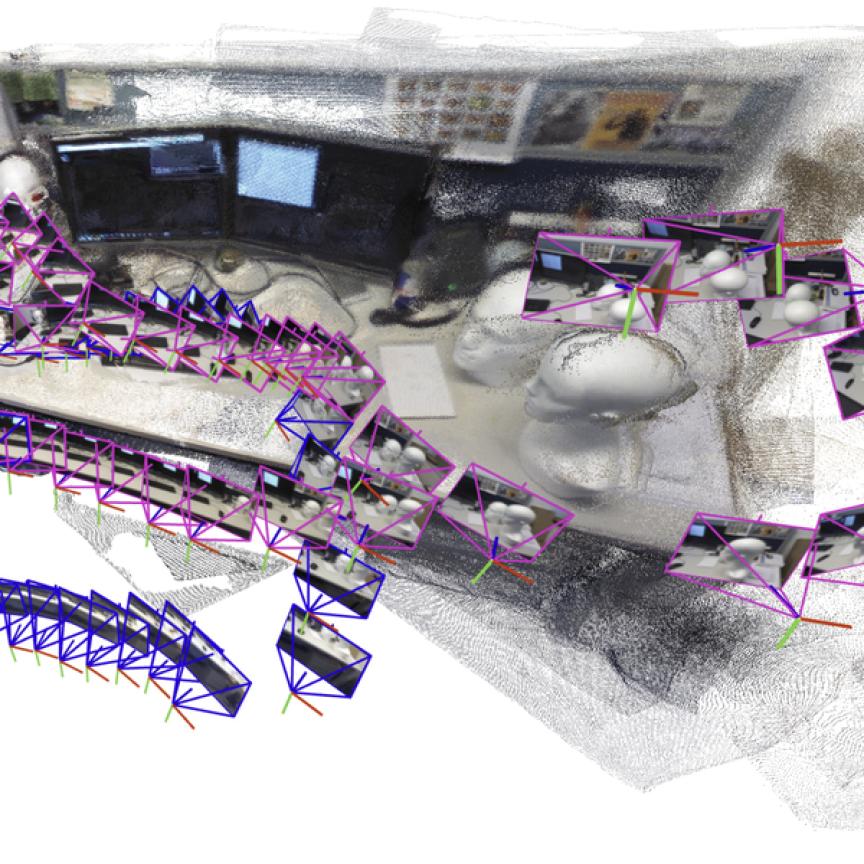How did you come to be part of the machine vision industry?
I’ve worked with industrial electronics throughout my entire career. I obtained a Master’s degree in engineering from the University of Zagreb and was one of the original employees of Smartek when it was founded in 2001. Within Smartek I have held positions of developer, head of development, and now CEO. Soon after setting up a distribution partnership with Framos in 2011, Smartek merged with Visiosens from Germany, a company focusing on machine vision cameras for OEM applications. I was responsible for the merger, including the integration of product portfolios and business cultures. Currently, Smartek has series of 29 machine vision cameras and a range of strobe controllers.
What role does Europe have in the development of machine vision?
Europe has a leading role in machine vision worldwide. Global players like Basler and Allied Vision are established in Europe. In Eastern Europe, comparatively smaller machine vision technology hubs have developed, such as here in Croatia – Smartek, Mikroprojekt and Geolux are three successful firms – where infrastructure and skill level are similar to central Europe, but with slightly lower wages. Similar machine vision hubs have evolved in Canada in Ottawa, for example – Lumenera and Pleora are both based here – and, more recently, Hikvision in China, which is in the Hangzhou area.
What are the major growth sectors?
We see a lot of growth in the area of 3D, in stereo vision and time-of-flight (ToF) technology. Affordable 3D vision systems will open up the technology to a wide variety of applications. Furthermore, we see a lot of growth in the area of embedded vision. This is not only camera modules, but also the processing platform behind the imager. Embedded vision will increase the demand for vision devices in the consumer sector. Examples include cameras installed onboard robotic vacuum cleaners, the images from which enable the robot to navigate around an apartment, or a camera inside a car dashboard, which allows the driver to control the entertainment system with gestures. In the industrial sector, embedded vision will bring processing closer to the image sensor or camera, so-called ‘edge computing’. This will enable improvement in algorithms used for quality inspection or sorting. The standard machine vision camera will become an intelligent device that will be able to make and improve its decisions.
What technological challenges does the industry face?
With higher resolution and sensors that can capture 3D or hyperspectral data, high-speed data transfer as well as ‘edge processing’ becomes increasingly important. Edge technologies for image pre- or post-processing on Arm platforms, ASICs or FPGAs will increase the complexity, but also the performance of imaging solutions.
What will be the most significant commercial change in the industry?
Machine vision will grow, but will become almost a commodity. Standard cameras will decrease in price while the volume in terms of units shipped will rise. New sectors like embedded vision and 3D vision will grow fast.


